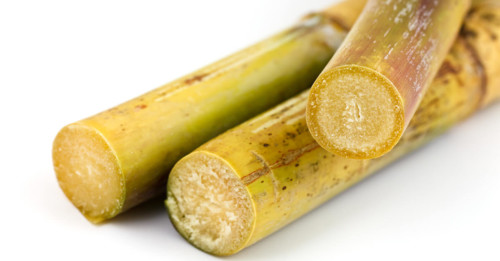Cachaça Essential Info
- Color: Typically clear, but some producers darken it with caramel coloring to indicate aging
- Region: Brazil
- ABV: 38%-54% ABV
- Aged: Not often aged, but to qualify as aged at least 50% of the spirit must be aged at least one year; white cachaça may be aged to soften for up to 1 year; dark cachaça can be aged 3+ years
- Made from: Sugarcane juice
- Commercial Examples: Leblon Cachaca, Avua, Ypioca, Cachaca 51
- Popular Cocktails: Caipirinha (national cocktail of Brazil)
To be fair, you won’t see many different brands of cachaça (ka-shah-suh) on bar shelves these days, but you’ll probably see at least one, which is an improvement. Meanwhile, in its native Brazil, you’ll find thousands of producers (and counting). So while the internationally community is still catching on to the obvious appeal of this lively, complex spirit, it doesn’t quite need our approval…
Kind of like white rum, which is a light spirit made from sugar cane, cachaça differs in that it’s not made from sugarcane molasses but the cane juice itself (not unlike rhum agricole), lending it a more floral, grassy, herbaceous flavor profile than its rum counterparts (Brazil is strictly fighting the idea that cachaça is a kind of rum). If and when cachaça’s aged—white cachaça generally isn’t, but dark is—it might be aged in oak or any number of native Brazilian woods, which can further alter the flavor profile. Good quality young cachaças should have some of that sugarcane juice earthy, green flavor, while aged cachaças will borrow a rainbow of flavors from the wood.
Avoid “industrial” cachaça if you can—it’s produced in column-stills, all emphasis on efficiency and bulk. If you’re looking for flavor and not just burn, go for smaller batch, pot-distilled cachaça.
